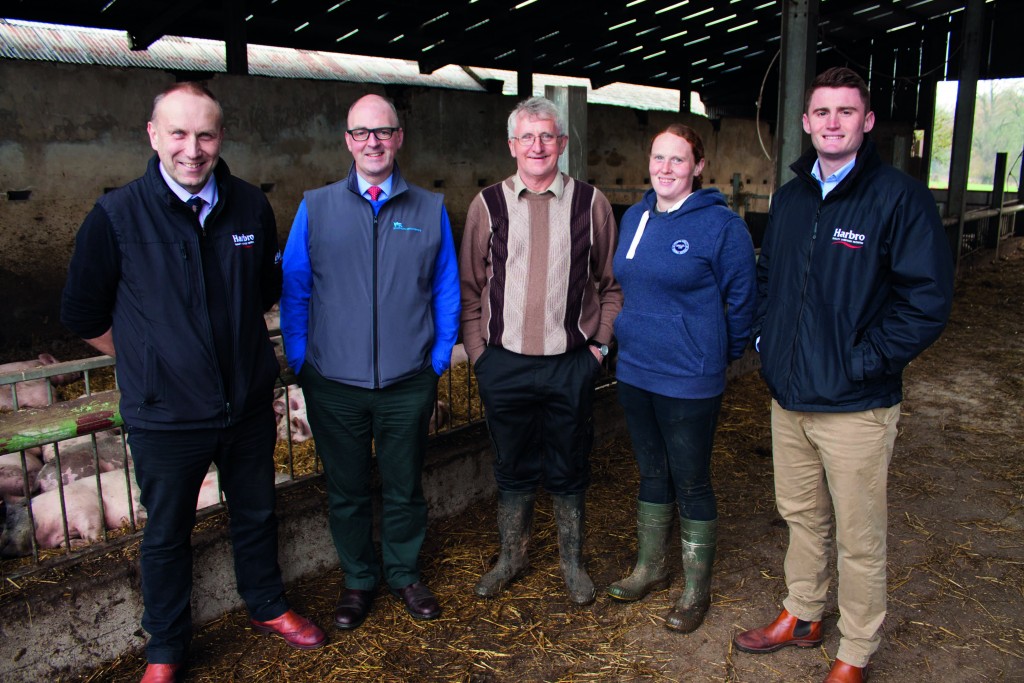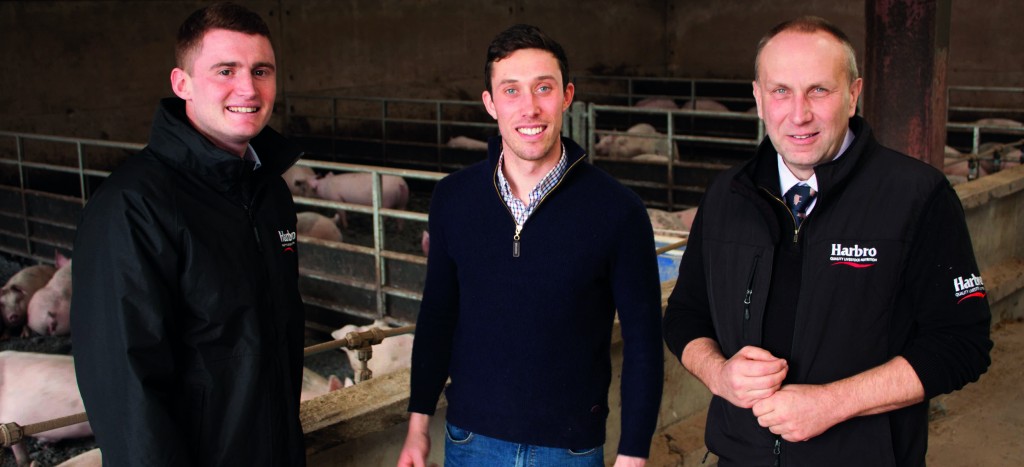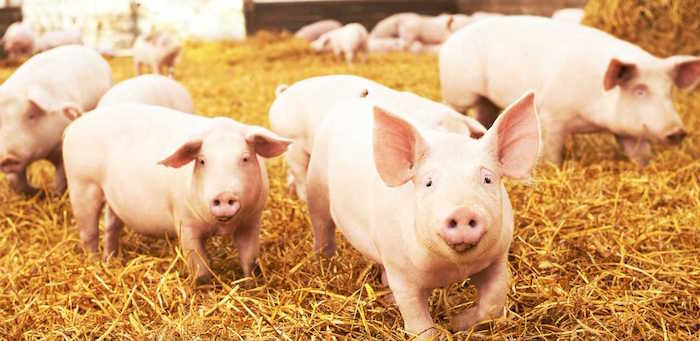A new initiative in Scotland is encouraging young farmers to get into the pig industry, including livestock farmers looking to diversify.
Andy McGowan, chief executive of Scottish Pig Producers, outlined the available opportunities for sheep and beef farmers to enter the industry at a conference in Perth, highlighting a need to keep fresh blood coming in. He detailed how potential new entrants are partnered with a processor requiring space.
Iain Lyle, technical support manager for pigs at Harbro, visits them to calculate the level of investment required, estimated to be typically between £5,000 and £10,000, the throughput of the business and potential return on investment. He then suggests one of a number of options, such as a custom-built system or a review of existing buildings that might just need the introduction of feeders and drinkers, or additional gates and pens. Harbro also advises on feed and dietary options.
Mr McGowan said there are different models available. “Some farmers have asset buildings or land but aren’t wanting to actively manage it, so we’ve developed share farming so younger people can come into the industry, but the other farmer is putting in the capital resource,” he said
“The starting point is to look at what you’ve got and to see how pigs can fit in.
“It’s a very integrated industry and there’s great support from SAC (Scottish Agricultural College) and the Farm Advisory Service.”
Two young farmers in Lanarkshire who have recently diversified into pigs to alleviate a local requirement for finishing space told us about their move:
Jennifer and Wilbert Hall, Upper Carbarns Farm, Lanarkshire
Jennifer Hall from Upper Carbarns Farm works with her dad, Wilbert, who owns the business. They have around 250 Limousin cattle, including 60 breeding cows, and run 80 sheep as a sideline; they also grow wheat.
She said: “We started with finishers as we had no experience of pigs at all so we decided that a breeding unit was a step too far. We went for finishers as a way of using the sheds when the cattle were out to try to make profit out of the empty space. Finishers work perfectly as it only takes about three months to get them from 30kg weaner stage up until fattening. We started with 900 weaners and, when they were away, we bought in 750 7kg weaners which have since been joined by 250 30kg pigs.”

Structural changes on the farm were minimal – the support from Harbro and SPP has enabled the unit to add some new dividing gates to keep the pigs in smaller batches, although there are now plans to build a new shed which will be better suited to pigs, especially for splitting and weighing.
“For anyone considering going into farming, pigs is a good way to start,” Ms Hall said. “You don’t need a huge availability of land or cash flow, you can fatten them indoors in a converted shed and there’s a short turnaround.”
Scott Bourman, Middlehouse, Carluke
Scott Bourman, also a beef and sheep farmer from Lanark, farms with his uncle, Robert. He took on 200 pigs in order to generate extra income by utilising his new sheds in the summer. He has since increased that to 600 after pleasing initial results and intends to increase production in the next year. Mr Bourman describes the assistance from SPP and Harbro as ‘a good marketing group.’ He said: “It takes away any financial risk; you know you’re going to get paid!”

Mr Lyle added: “Farmers are getting 100% ROI in the first year, so next year when Scott fills up again in the summer, the margins will be much higher.”




